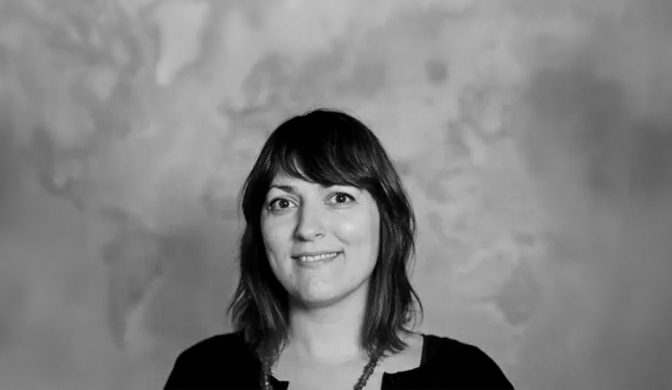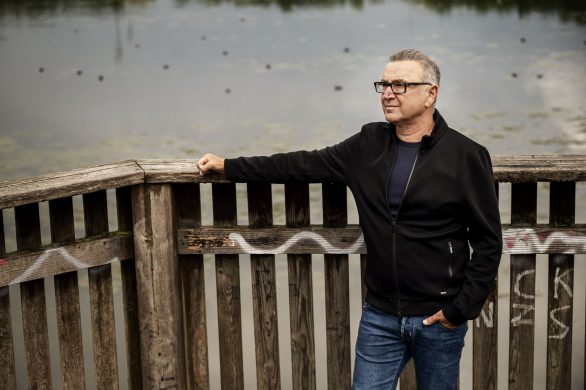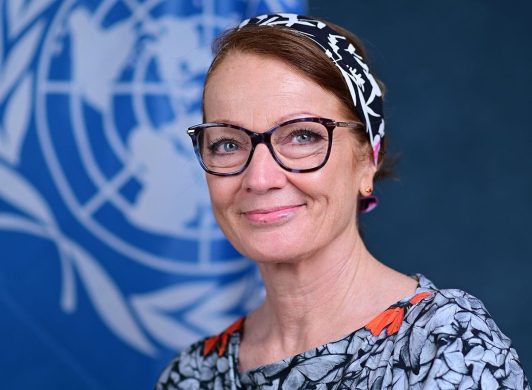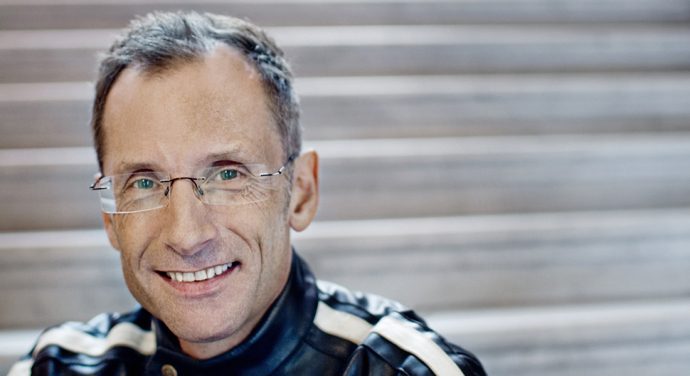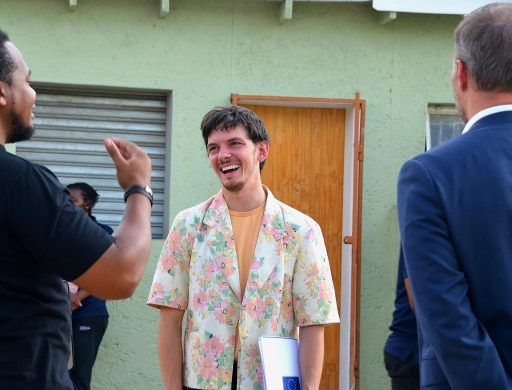San Francisco, 18. June: Nineteenth century steel magnate Andrew Carnegie, who late in life reshaped his legacy from predatory (rovgrisk) businessman to renowned philanthropist, famously said: “He who dies rich dies thus disgraced.”
Like Carnegie, Microsoft mogul Bill Gates wants to be remembered not just for how ruthlessly he made his fortune, but for how he gave it away.
The worlds richest man announced Thursday that in 2008, he will step back from day-to-day oversight of the company he founded with college roommate Paul Allen to focus his attention on the Bill and Melinda Gates Foundation, the 29 billion US dollar (168 milliarder DKR) philanthropic force that has pledged to spend billions on health, education and overcoming poverty.
His decision to channel his personal capital and business acumen (kløgt) into alleviating suffering has led to speculation that Gates could influence other self-made philanthropists to step up their efforts in Silicon Valley.
– He is setting the standard for what wealthy entrepreneurs in this generation ought to be doing, said Kathleen Gwynn, chief executive officer of the Steven and Michele Kirsch Foundation in San Jose, adding: – He has the financial capacity, the intellect and the drive to make a real difference. He could be the Carnegie of our generation.
In Californias Silicon Valley, David Packard and William Hewlett pioneered a rich philanthropic tradition emulated (efterlignet) by everyone from Intel founder Gordon Moore to serial entrepreneur Steven Kirsch to Oracle CEO Larry Ellison.
But the region was dubbed “Stingy (fedte) Valley” after a 1998 study showed that a quarter of households with incomes in excess of 100.000 dollar (580.000 DKR) gave 500 dollar (2.900 DKR) or less a year to charity.
In recent years, tech boom beneficiaries have become tech boom benefactors in greater numbers, helping Silicon Valley shed its tightwad image. But Kirsch hopes Gates will encourage others to follow his example.
– The incremental (gradvist stigende) contributions he could make to Microsoft are small compared to the potential contributions he can make to the more-serious problems that the world faces, Kirsch said, adding: – Maybe Gates will cause some high-net-worth individuals to stop and take a look at their lives and examine how they want to be remembered.
High-tech executives have begun to play major roles in philanthropic circles. From PeopleSoft founder Dave Duffield to former eBay President Jeff Skoll, these good Samaritans are reinventing philanthropy the way they reinvented business.
– This is one of the areas where there are new ventures in philanthropy and new directions in philanthropy, said Paul Schervish, director of the Center for Wealth and Philanthropy at Boston College.
These nouveau philanthropists are getting involved in the public sector for the same reason they got involved in the private sector: They want to change the world.
And they run their philanthropic endeavors (bestræbelser) the same hands-on way they run their businesses, creating models to raise money and awareness and finding new ways to measure returns and increase efficiency.
Whether their favored cause is education, environment, poverty or science, these activists see their role as investing their time and money in making the world a better place.
A Silicon valley leader in the high-tech philanthropic revolution, Kirsch decided to take his shot at changing the world after he sold Infoseek to Disney for 200 million dollar (1,16 milliarder DKR).
His foundation has spent millions on cleaning up the environment, cancer research and baldness treatments (mod skaldethed). He is fond of selling philanthropy as a true growth opportunity.
His high-tech generosity has spread. Earlier this year, Google hired doctor and former tech executive Larry Brilliant, who worked on the World Health Organizations campaign to eradicate smallpox in the 1970s, to take charge of its philanthropic arm, Google.org. He will help spend roughly 1 billion dollar over 20 years to fight poverty and other global challenges.
Silicon Valleys innovation could help find solutions to some of the worlds most intractable (umedgørlige) problems, executives of nonprofit groups say. And new money and thinking come at a critical time as nonprofit organizations wrestle with deepening societal ills and government budget cuts.
– In many ways, these (business leaders and companies) are Davids to the Goliath magnitude of world problems, said Sally Osberg, president and CEO of the Skoll Foundation, adding: – We need heavy hitters (tunge drenge) and enormous commitments to create the tipping point.
Therein lies the greatest challenge.
Philanthropy may be a growth industry, but Silicon Valley has yet to fully incorporate a social conscience into its bottom-line culture, those who run nonprofit groups say. Charitable giving tends to ebb and flow with the valley economy.
– If we measure wealth relative to charitable involvement, we still do have a long way to go, said Peter Hero, president of the Community Foundation Silicon Valley, who is known as the go-to guy in selling high-tech millionaires on philanthropy.
– There is still plenty of wealth here not being deployed on behalf of others, added he.
Schervish predicts Gates will become a prototype for the wealthy who, when faced with limitless quantity of choices, may begin to consider the quality of their choices.
– It is a fulfillment of a deeper purpose and something he will find bigger happiness in. He is going to be working with the same relationships between supply and demand, with the demand now being infinite, Schervish said.
– He will spur (anspore) more people to take up philanthropy in a more direct way in their lifetime. He is part of the cultural change that is making doing something extraordinary in philanthropy an ordinary part of the lives of financially secure individuals, an ordinary part of their financial morality.
– This is not something they do on occasion or on the side, but something they do in the middle of their daily lives, he concluded.
Kilder: San Francisco Chronicle og The Push Journal




